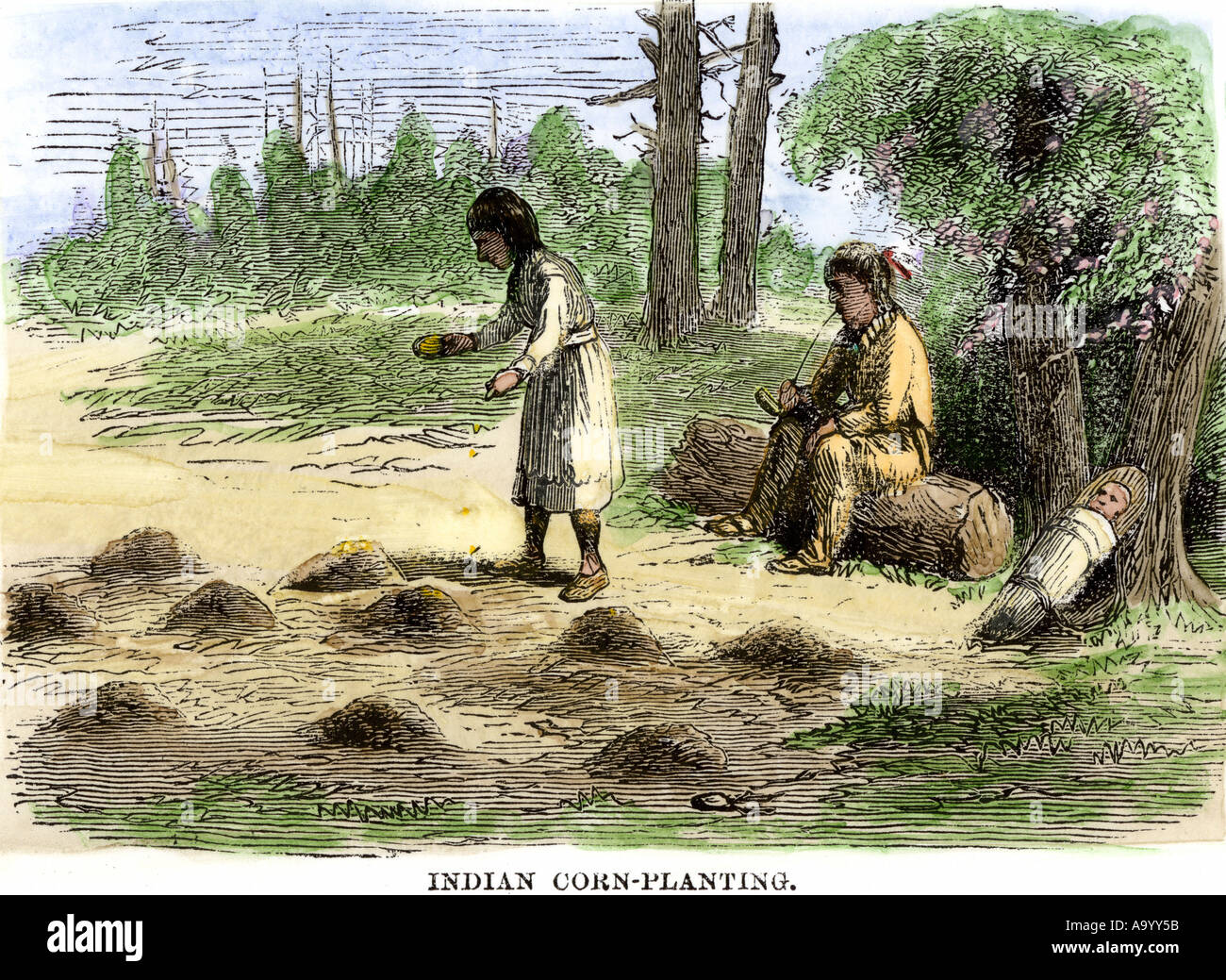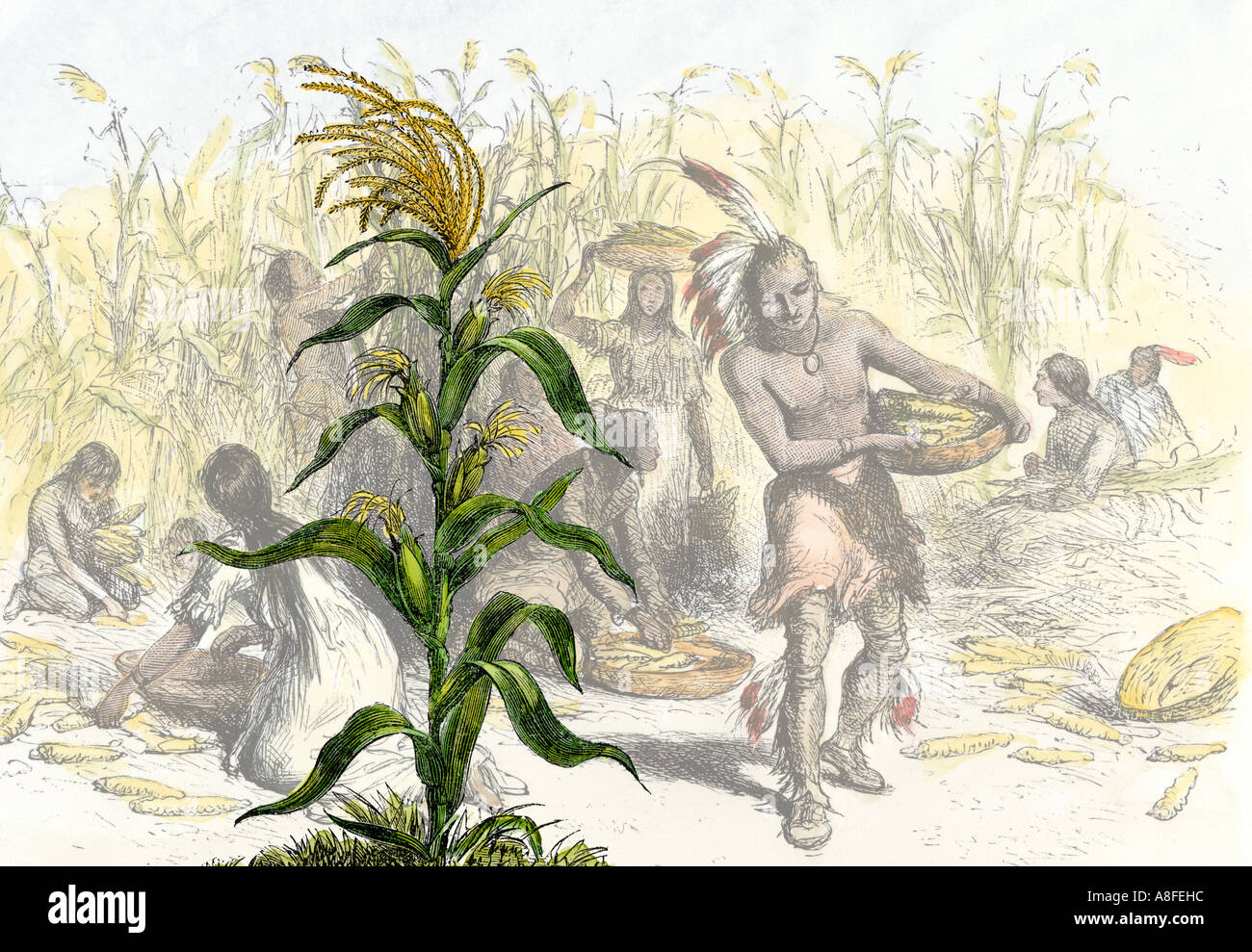
The Sacred Stalk: Unearthing the Enduring Wisdom of Native American Corn Planting Traditions
In the heart of North America, long before the arrival of European settlers, a golden grain rose from the earth, not merely as sustenance but as a sacred life-giver, a teacher, and a cornerstone of civilization. Corn, or maize, was more than just a crop to the continent’s Indigenous peoples; it was a relative, imbued with spirit, history, and profound wisdom. Its planting traditions, passed down through generations, encapsulate an intricate tapestry of ecological knowledge, spiritual reverence, and community harmony that continues to resonate today.
For millennia, from the arid mesas of the Southwest to the fertile river valleys of the East, Native American nations cultivated diverse varieties of corn, each adapted to its unique environment. The journey of maize began approximately 9,000 years ago in Mesoamerica, where it was domesticated from a wild grass called teosinte. From there, its cultivation spread north, transforming societies, influencing languages, and shaping spiritual beliefs across two continents.

The Gift from the Creator: A Spiritual Foundation
The act of planting corn was never a purely utilitarian task; it was a profound spiritual undertaking, a dialogue between humanity and the natural world. Many Indigenous creation stories feature corn prominently, depicting it as a divine gift, a symbol of life and renewal. For the Hopi people of Arizona, corn is central to their very identity, representing their history, religion, and way of life. Their deeply rooted connection to corn is expressed in ceremonies, songs, and their intricate agricultural practices.
"Corn is our mother, our sustainer," remarked a traditional knowledge keeper from the Cherokee Nation, a sentiment echoed across countless tribes. "When we plant the seeds, we are not just putting them in the ground; we are offering our prayers, our gratitude, and our commitment to nurturing life." This profound respect meant that every stage of the corn’s life cycle, from the preparation of the soil to the harvesting of the mature cobs, was accompanied by rituals, blessings, and ceremonies.
The timing of planting, for instance, was often determined not by a calendar, but by observing natural indicators – the budding of certain trees, the return of specific birds, or the phases of the moon. For many Eastern Woodlands tribes, the "Green Corn Moon" or the "Planting Moon" signaled the auspicious time. These observations underscored a deep, intuitive understanding of local ecosystems, far beyond what modern scientific instruments could convey.
The Three Sisters: An Agricultural Masterpiece
Perhaps the most renowned and ecologically brilliant Native American planting tradition is the "Three Sisters" polyculture system: corn, beans, and squash. This ingenious intercropping method is a testament to Indigenous ecological wisdom and sustainable agriculture.
- Corn (Maize): The elder sister, provides a natural trellis for the beans to climb, preventing them from sprawling on the ground and creating a microclimate.
- Beans: The middle sister, are nitrogen-fixers. Their roots host bacteria that convert atmospheric nitrogen into a form usable by plants, naturally fertilizing the soil for all three crops.
- Squash: The youngest sister, with its broad leaves, spreads across the ground, shading the soil. This suppresses weeds, conserves moisture by reducing evaporation, and protects the soil from erosion. The prickly stems also deter pests.

This isn’t merely an agricultural technique; it’s a profound metaphor for cooperation, mutual support, and community. Each plant provides unique benefits to the others, creating a thriving, resilient ecosystem. As a Seneca elder once articulated, "The Three Sisters represent the ideal relationship between human beings – we support each other, we give back to the earth, and we thrive together."
The Three Sisters system significantly enhances soil fertility, biodiversity, and yields without the need for synthetic fertilizers or pesticides. It’s a model of permaculture that has inspired modern sustainable farming movements worldwide, highlighting the timeless relevance of Indigenous practices.
The Hands-On Approach: Precision and Care
Traditional planting methods were highly labor-intensive but deeply intimate. Farmers, often working communally, would prepare the soil by hand, sometimes using digging sticks or hoes made from stone, wood, or bone. Seeds were typically planted in mounds or hills rather than rows, which helped with drainage and provided a deeper, richer soil environment for the roots.
In many communities, a specific number of seeds—often five or seven, representing various sacred concepts like the four directions plus center, or the stages of life—were placed in each mound. This precise planting reflected a belief in balance and respect for each seed’s potential. Care was taken to select the strongest, healthiest seeds from the previous year’s harvest, ensuring the continuation of robust, locally adapted varieties.
Water management was another crucial aspect. In arid regions like the American Southwest, intricate dryland farming techniques were developed, relying on natural rainfall, floodwaters, or ingenious irrigation systems to sustain the crops. The Pueblo peoples, for example, developed sophisticated terracing and check dams to capture and distribute scarce water resources.
The Role of Women: Keepers of the Seed and Knowledge
In many Native American societies, particularly among agricultural tribes, women held a central and revered role in the cultivation of corn. They were often the primary farmers, responsible for planting, tending, harvesting, and processing the corn. Critically, they were also the traditional keepers of the seeds.
This responsibility meant that women carefully selected, dried, and stored the seeds from the best plants each year, ensuring the genetic diversity and resilience of the corn varieties. They possessed encyclopedic knowledge of different corn types, their growing requirements, culinary uses, and medicinal properties. This deep agricultural expertise passed from mother to daughter, linking generations through the shared act of nurturing the earth.
The intimate relationship between women and corn underscored the matriarchal or matrilocal structures prevalent in many Indigenous cultures, where women’s roles in food production and family lineage were highly valued and empowered.
Enduring Wisdom in a Changing World: Modern Revitalization
The arrival of European settlers brought immense disruption to Native American societies, including the imposition of new agricultural practices, land dispossession, and the forced assimilation that severed many from their traditional ways. Yet, the deep roots of corn traditions endured, often in secret, passed down quietly within families and communities.
Today, there is a powerful resurgence of interest and active revitalization of Native American corn planting traditions. Tribal nations and Indigenous communities are reclaiming their ancestral lands, re-establishing seed banks, and re-learning the ancient wisdom of their forebears. Projects like the Native American Food Sovereignty Alliance work to preserve heirloom seeds, promote traditional farming methods, and strengthen tribal food systems.
"Our corn is not just a crop; it is our history, our future, and our connection to who we are," says a young Indigenous farmer involved in a seed saving initiative. "By planting our traditional corn, we are asserting our sovereignty, healing our land, and nourishing our people, body and spirit."
This contemporary movement is not merely nostalgic; it is profoundly relevant to the challenges of the 21st century. As the world grapples with climate change, biodiversity loss, and food insecurity, the sustainable, resilient, and community-oriented practices of Native American corn planting traditions offer invaluable lessons. They teach us about living in harmony with the land, the importance of seed diversity, the power of intergenerational knowledge transfer, and the profound connection between food, culture, and spirit.
The sacred stalk of corn stands tall, a living testament to the enduring wisdom of Native American peoples. Its roots delve deep into history, its leaves reach towards the future, reminding us that true abundance comes not from dominance over nature, but from a respectful, reciprocal relationship with all living things. In every kernel, there is a story, a prayer, and a legacy that continues to nourish and inspire.


